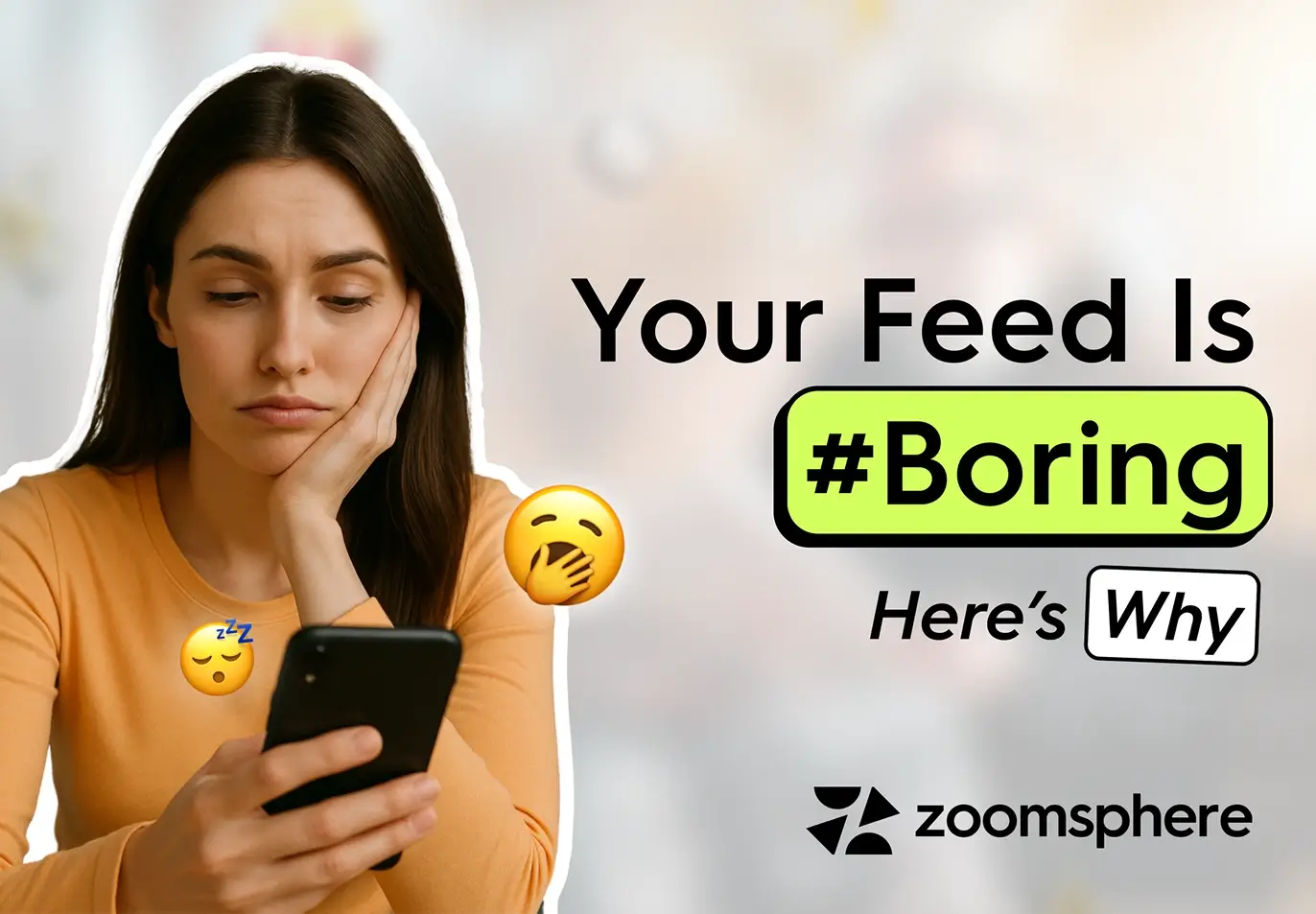#ContentMarketing
Thank you! Your submission has been received!
Oops! Something went wrong while submitting the form.
%20(1).webp)

Blog
The Most Trusted Creators Might Already Be on Your Payroll
%20(1).webp)

Blog
How Loud Should a Founder Be Online?
%20(1).webp)

Blog
How to Simplify Your Content Approval Process— You’re Not a Courtroom


Blog
Stop Using Content Curation to Cover Up Lack of Ideas


Blog
Why Social Media Engagement Dies After You Post Nice Things
%20(1).webp)

Blog
Clickbait Titles Aren’t the Problem—Your Content Just Doesn’t Deserve the Click
%20(1).webp)

Blog
Faceless Content: How to Build a Personal Brand (Without Showing Your Face)
%20(1).webp)

Blog
7 Engaging Content Ideas for Marketers Who Hate Writing Content
No results found.
No content matched your criteria. Try searching for something else.
Don’t #miss out
Get our newsletter delivered right to your inbox! Stay up to date with our newest features, content, and more!
Thank you! Your submission has been received!
Oops! Something went wrong while submitting the form.







